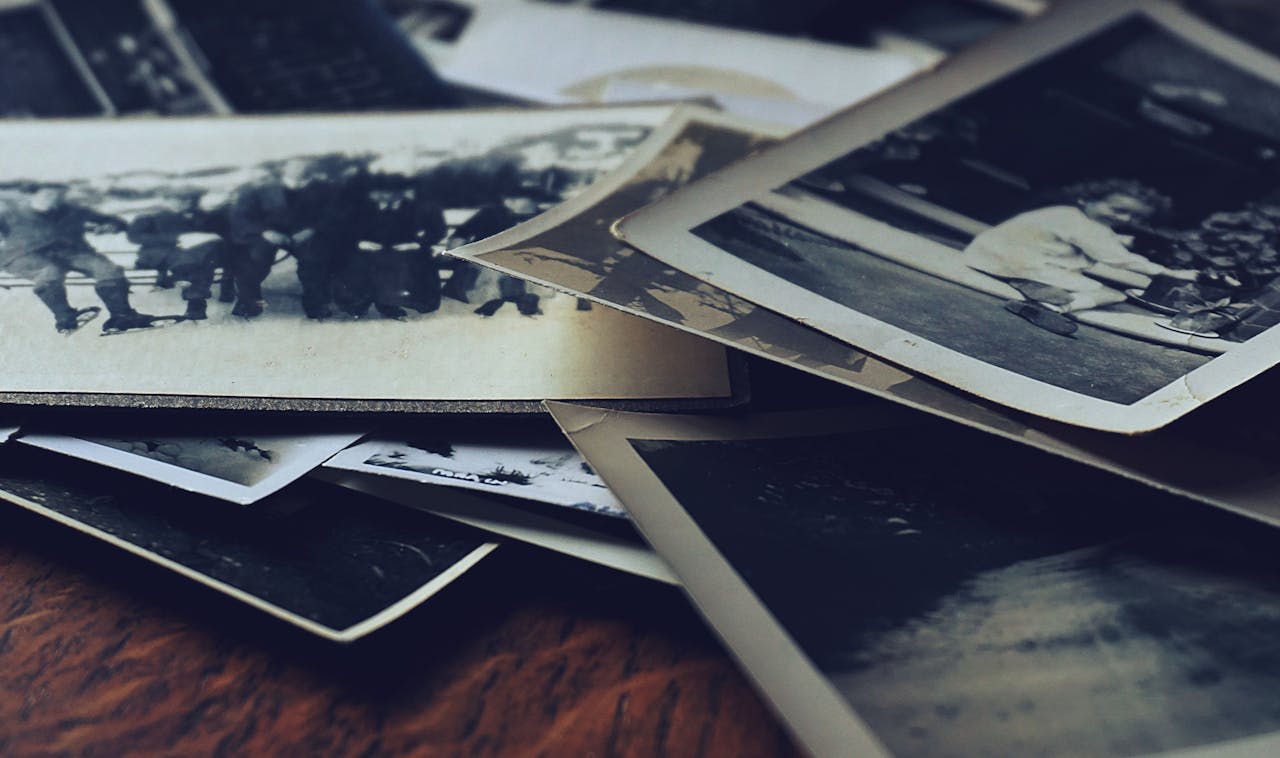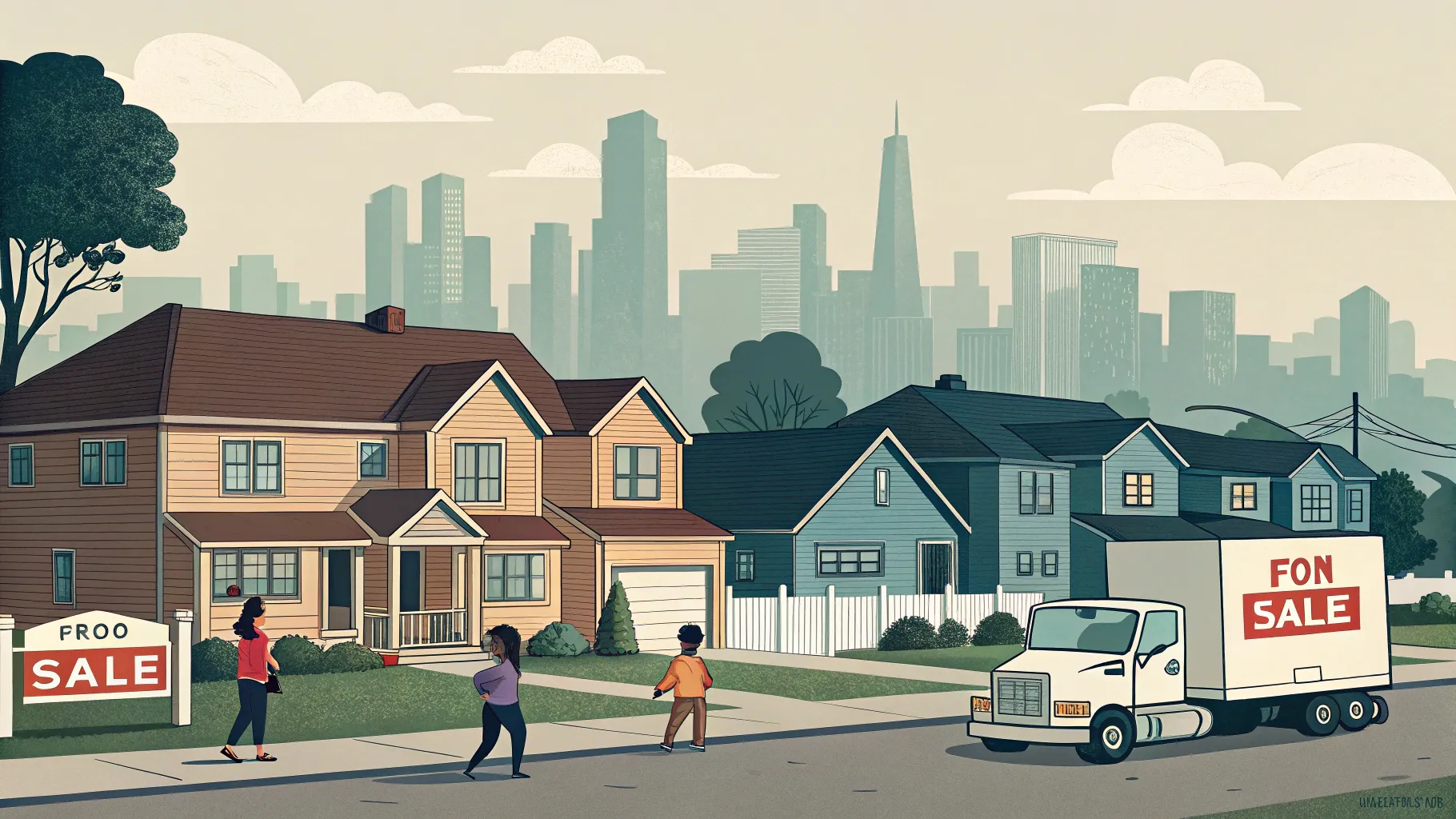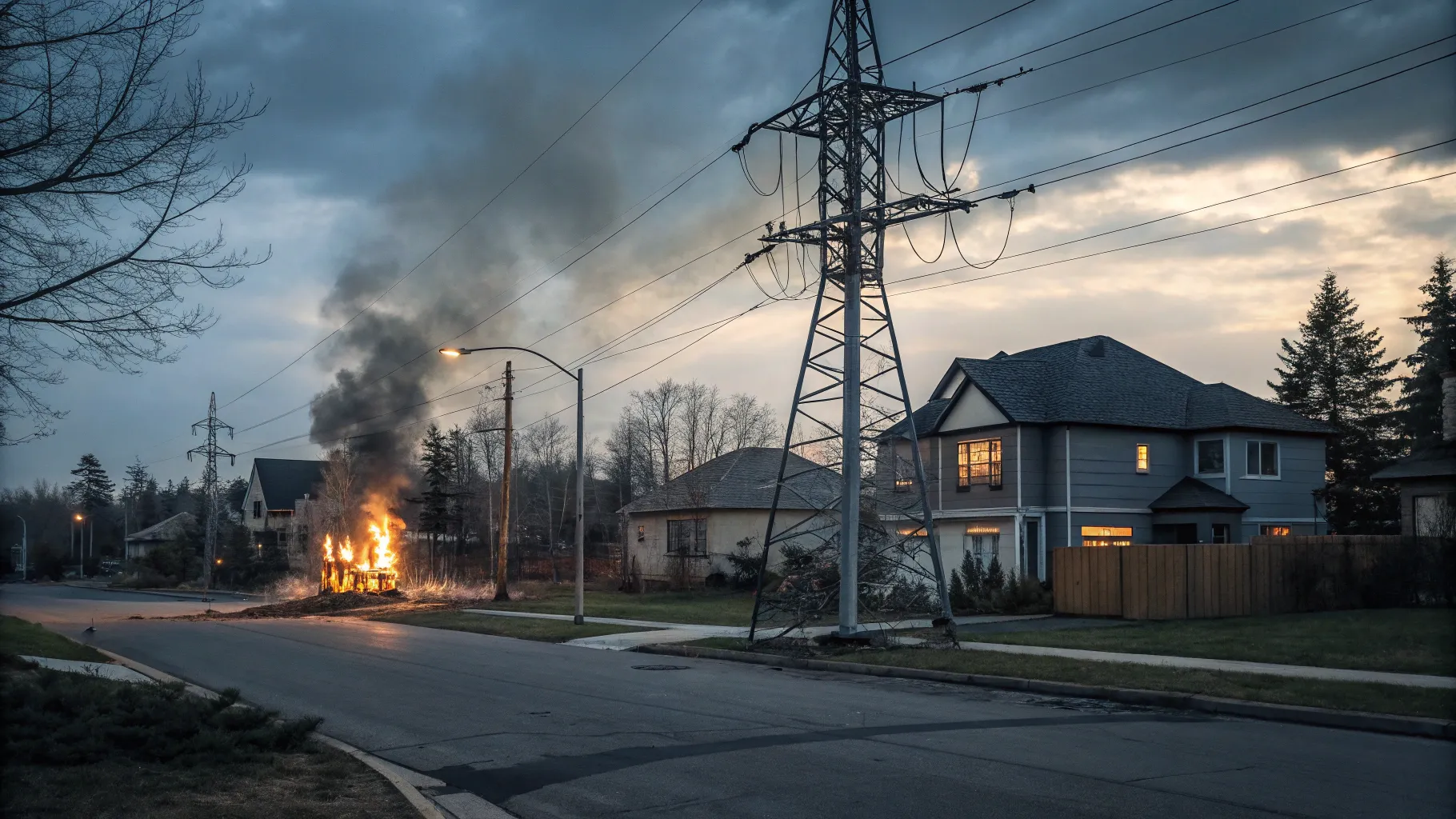

A significant restoration project is currently underway for an 86-year-old film, breathing new life into this piece of cinema history. The extensive renovation aims to preserve the film’s original quality while making it accessible to modern audiences.
The 1938 film represents an important chapter in cinematic history, created during the early era of sound films. Restoration experts are working meticulously to address decades of deterioration while maintaining the authentic character of the original work.
Restoration Process and Challenges
The restoration team faces numerous technical challenges in the process. The film’s age has resulted in various forms of damage, including scratches, fading, and chemical deterioration of the original film stock. Modern digital technology is being employed to scan each frame at high resolution, allowing technicians to repair damage that was previously impossible to address.
Restoration specialists believe the process involves a delicate balance between preservation and enhancement. We’re not trying to modernize the film, but rather return it to its original glory,” explains one team member working on the project.
The restoration includes:
- Frame-by-frame digital scanning
- Removal of dirt, scratches, and other physical damage
- Color correction to match the original cinematography
- Audio enhancement while preserving original sound quality
Historical Significance
The film represents a transitional period in cinema history, created less than a decade after the introduction of synchronized sound to movies. Film historians note that works from this era provide valuable insights into filmmaking techniques that were still being developed and refined.
The restoration project has attracted attention from film preservation societies and cinema enthusiasts worldwide. Many see this effort as part of a broader movement to safeguard aging films before they deteriorate beyond recovery.
“These early works are not just entertainment—they’re historical documents that show us how visual storytelling evolved,” notes a film preservation advocate familiar with the project.
Future Release Plans
Following the completion of the restoration, plans include a limited theatrical release, allowing audiences to experience the film on the big screen as initially intended. A digital release will also make the restored version available to a broader audience.
The project team is also preparing supplementary materials to provide historical context for viewers, including interviews with film historians and documentation of the restoration process itself.
Film archives and museums have expressed interest in featuring the restored film in upcoming exhibitions focused on early cinema and film preservation techniques.
The restoration is expected to be completed within six months, with public screenings anticipated to begin shortly thereafter. This project highlights the ongoing efforts to maintain the cinema’s cultural heritage and ensure that essential works remain available for future generations to study and enjoy.
Featured Image Credit: Photo by Suzy Hazelwood; Pexels











Angela Ruth
My name is Angela Ruth. I aim to help you learn how Calendar can help you manage your time, boost your productivity, and spend your days working on things that matter, both personally and professionally. Here's to improving all your calendars and becoming the person you are destined to become!